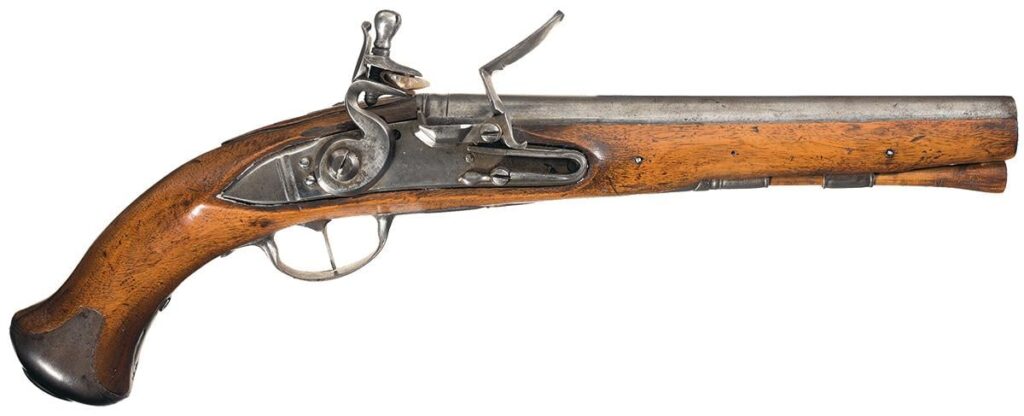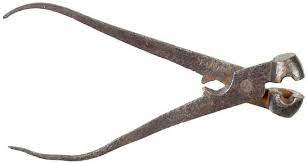WHAT ABOUT THE SECOND AMENDMENT AND THE GUARANTED RIGHT TO BEAR ARMS?

BULLET POINTS:
- Certain guns have already been banned by states
- The Federal Government once used taxation to rid America of Tommy guns
- There are many kinds of bullets that have already been banned or taken out of circulation
- Historical precedent exists to ban bullets
YES, VIRGINIA, GUN BANS DO EXIST (Sorry, gun rights enthusiasts):
Because of its unusual and confusing syntax, the Second Amendment has been the source of considerable debate. Gun rights enthusiasts and activists tend to claim that the Second Amendment gives them blanket license to own whatever firearms they choose, while those on the side of gun control point out that “the right to bear arms” should not include certain classes of weapons — some of which have already been banned at the state and federal level. A handful of states, for instance, already ban assault weapons. California, Connecticut, Hawaii, Maryland, Massachusetts, New Jersey, New York, and the District of Columbia (oh, the irony) prohibit assault weapons, while Minnesota and Virginia regulate them. Illinois now has an assault weapons ban bill that is currently being challenged. The Federal Assault Weapons Ban of 1994 (which held up against challenges in the courts) prohibited the manufacture, importation, and sale of high powered semi-automatic firearms until the Act expired. Fully automatic firearms have been banned since 1934.
A CONSTITUTIONAL WORKAROUND:
Back in the early 1930’s, the federal government sought to ban Thompson sub-machine guns (aka “Tommy guns”, which were commonly used in shootouts by that era’s gangsters) by placing an exorbitant tax on the purchase of sub machine guns, silencers, and sawed-off shotguns. The $200 tax, which was the driving component of the 1934 National Firearms Act , was not only more than the value of the gun, but it was more than the average American could reasonably afford. In today’s money, that $200 tax would be the equivalent of $4,400, per gun. Those who carried unlicensed machine guns were subject to tax evasion laws and sentenced to federal prison. The tax scheme worked effectively, and it didn’t take long before sub machine guns disappeared from the streets of our nation. Even though the Supreme Court ruled that the part of the Act which applied to interstate transportation of firearms was unconstitutional five years later, the National Firearms Act had been successful in its mission. To this day, fully automatic firearms are still banned from the public.
OBSOLETE AND BANNED AMMUNITION:
There are many types of legacy ammunition that are no longer available. These include pinfire, teatfire, needlefire, sharps, “mule ear” select rimfire, and others. Some of those are no longer made because the guns are no longer made, while other types of bullets have been banned by various states in the US. The banned ammunition includes body-armor piercing bullets, exploding bullets, large caliber bullets, hollow nose, flechette, dragon’s breath, and bolo ammunition. It is important to note that not one of these bans has been deemed unconstitutional by the Supreme Court. A comprehensive list of ammunition that is no longer available is here:
CALIBRES NO LONGER AVAILABLE
HISTORICAL PRECEDENCE:
As you see, there is already legal and historical precedence for an ammunition ban of specific types of bullets. The federal government CAN follow the States’ lead and ban the ammunition used in semi-automatic rifles, and lean on the existing precedents to support it.
—–
And before we close this FAQ, we’d like to point out that there are other “arms” that were in use both at the time of the drafting of the Constitution, and since, that are long since banned from public use/ownership. These fall under the category of Destructive Devices, and were banned as part of the National Firearms Act. Destructive Devices are those that have the potential of doing considerable damage and large scale killing, such as rockets, bombs, missiles, grenades, mines, poison gas, and so on. So the Second Amendment does NOT give blanket permission for American citizens to own whatever “arms” they desire – a fact that a number of gun enthusiasts and the NRA would like to dismiss.
BEAR IN MIND… WHEN THE 2ND AMENDMENT WAS CRAFTED IN 1791, NOT ONLY WERE GUNS FRONT-LOADED FOR EACH SHOT, BUT PEOPLE HAD TO MAKE THEIR OWN AMMUNITION. THEY COULDN’T JUST WALK INTO A WALMART AND BUY HUNDREDS OF ROUNDS OF AMMO. MUSKET BALL AND BULLET MAKING (FROM “BOULETTE,” FOR “SMALL BALL”) WAS A PAINSTAKING PROCESS OF HAND-CRAFTING, WHICH INVOLVED HEATING ONE’S OWN LEAD UNTIL IT WAS MOLTEN, POURING IT INTO A MUSKET BALL OR BULLET MOLD (MOST COMMON MOLDS COULD ONLY MAKE ONE PROJECTILE AT A TIME), LETTING EACH BALL COOL, THEN CUTTING OFF THE SPRUE AND FILING OFF THE EXCESS LEAD FLASHING LEFT FROM THE MOLD. ONLY THEN COULD IT BE USED IN A FIREARM. THIS WAS THE ONLY BULLET-MAKING PROCESS KNOWN TO THE CRAFTERS OF THE 2ND AMENDMENT. THEY HAD NO WAY TO FORESEE THE DEADLY ADVANCES IN FIREARM TECHNOLOGY WE HAVE TODAY.

